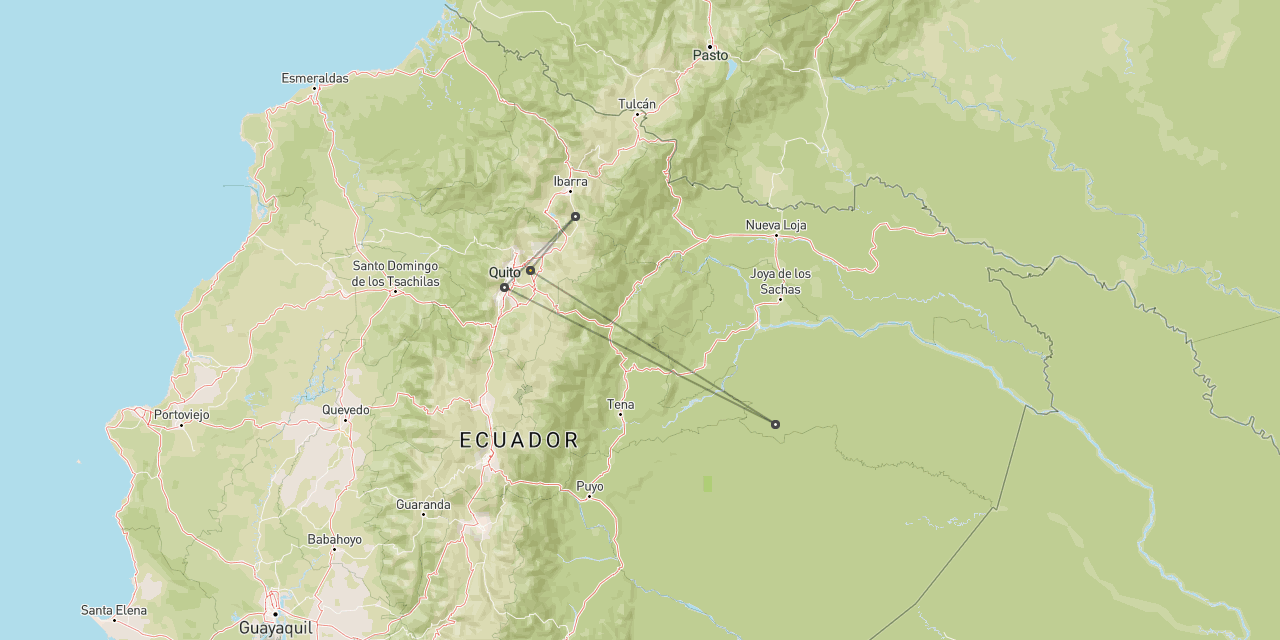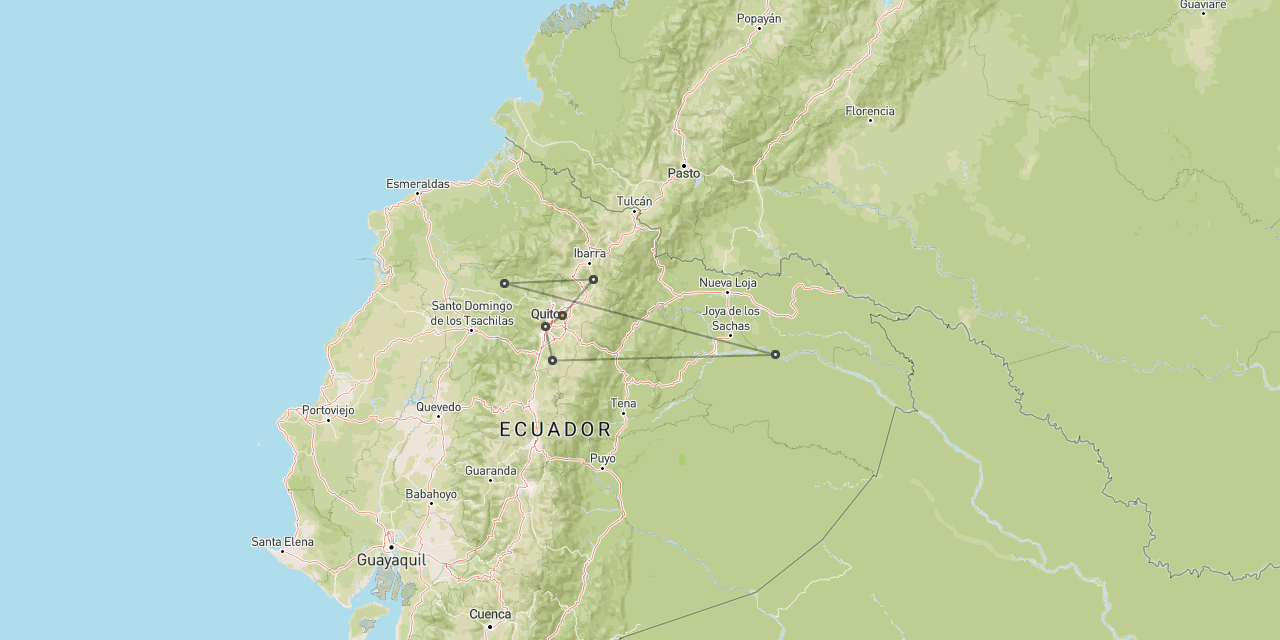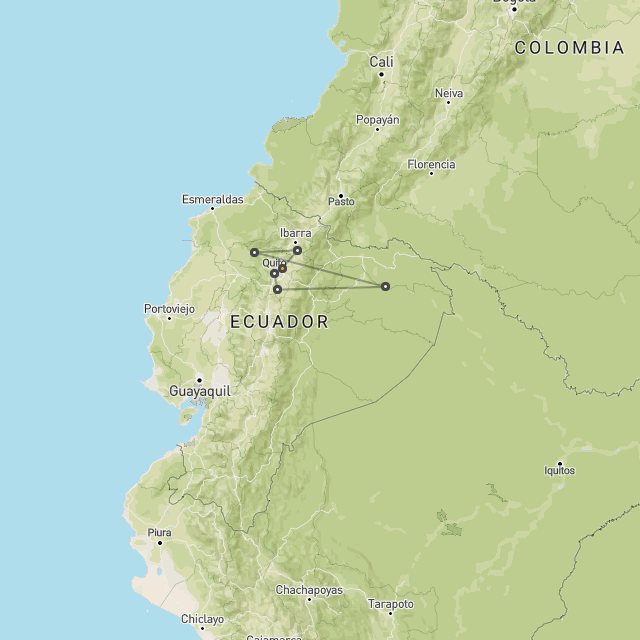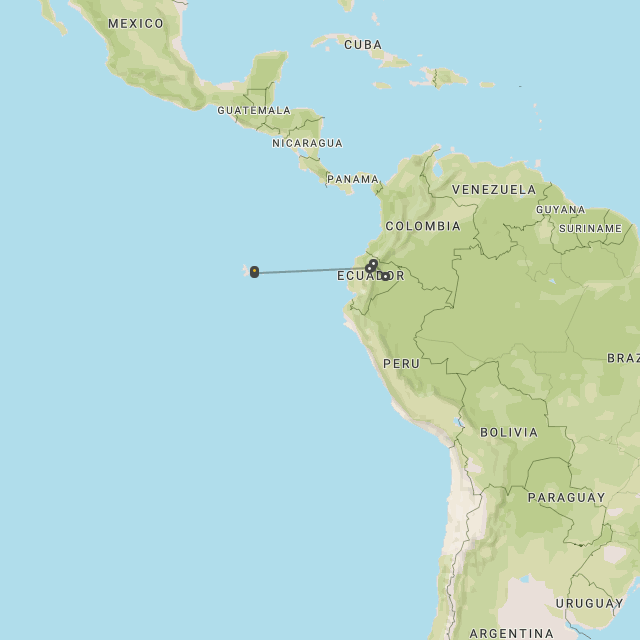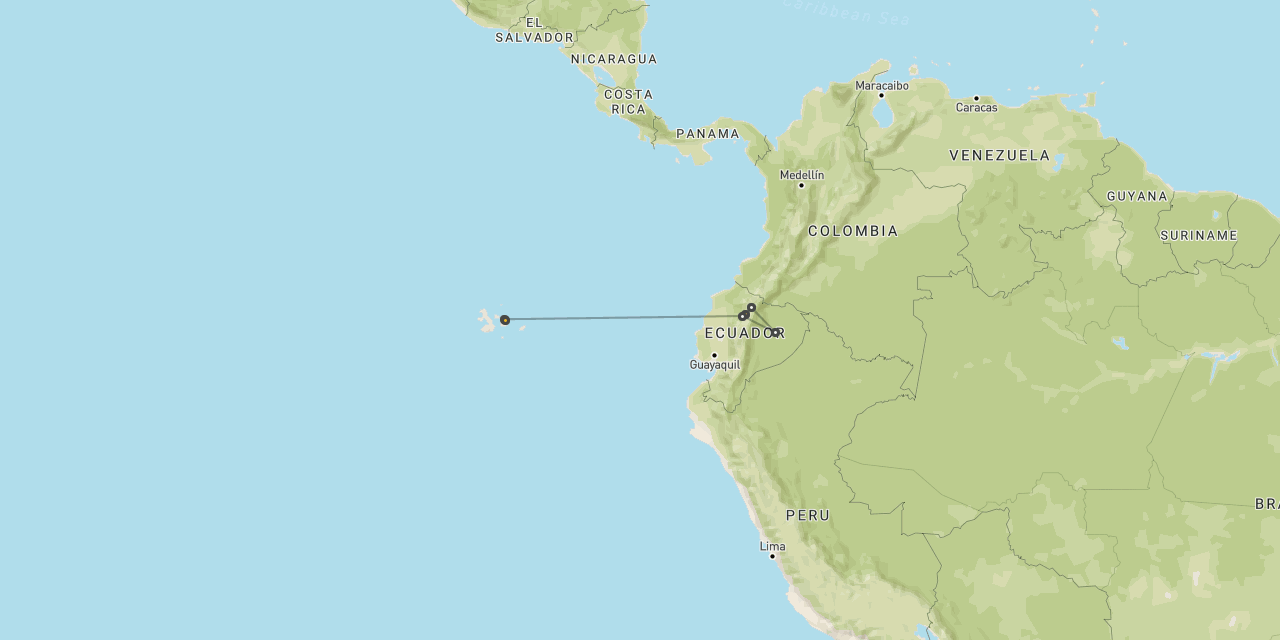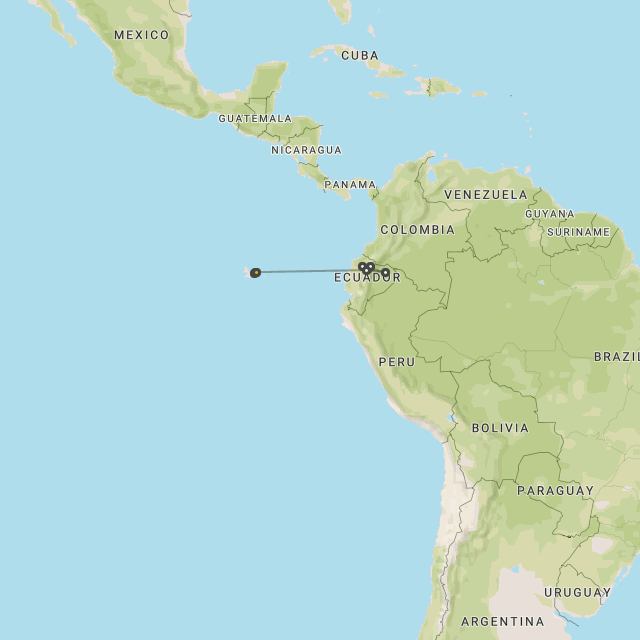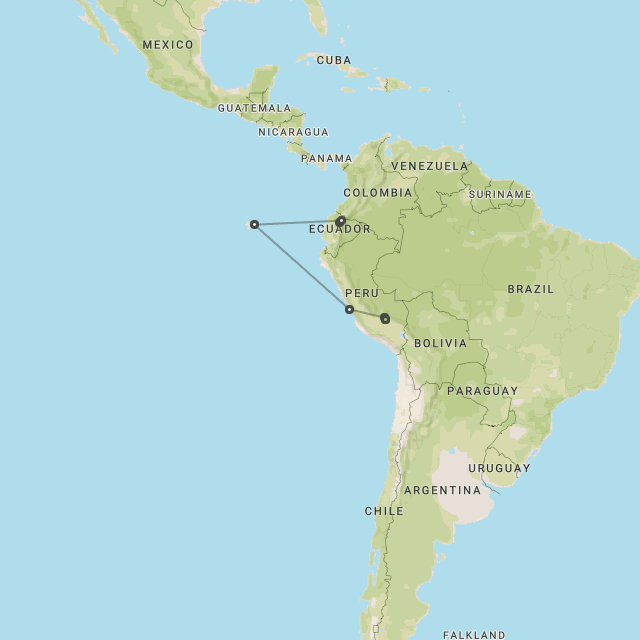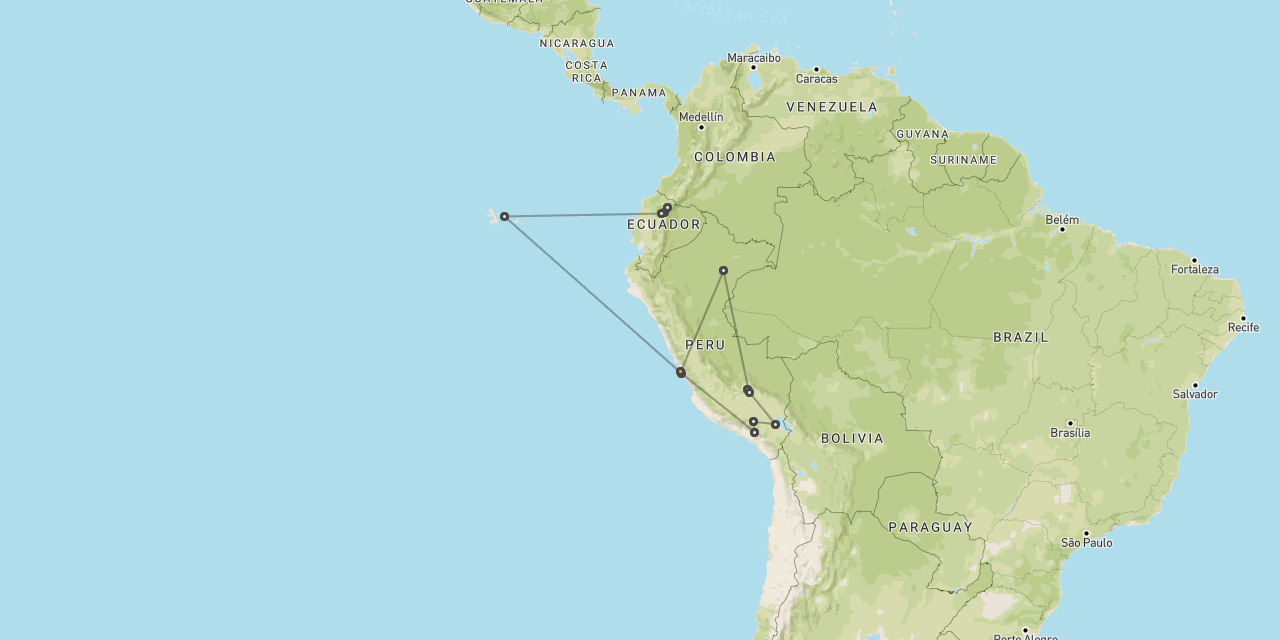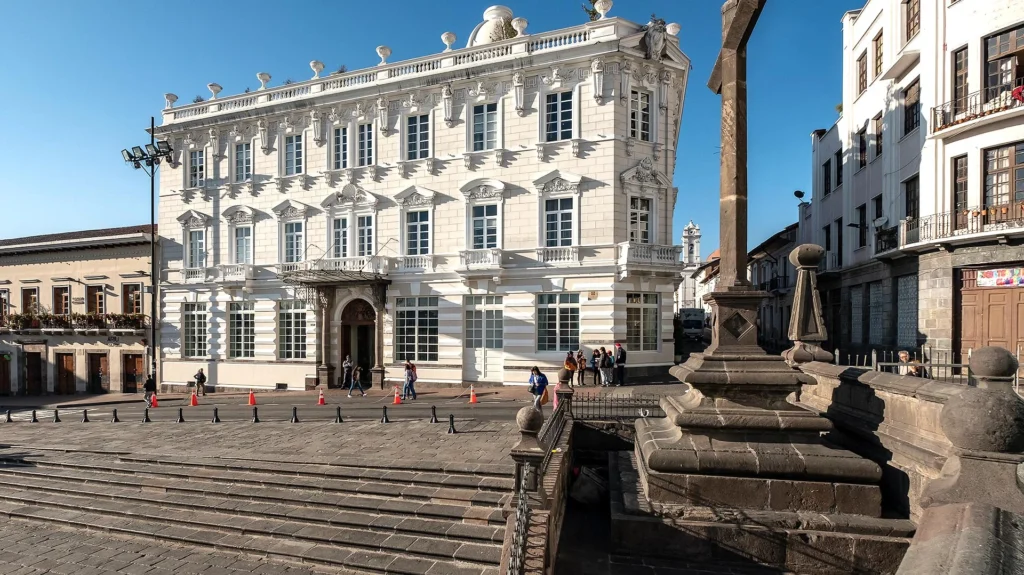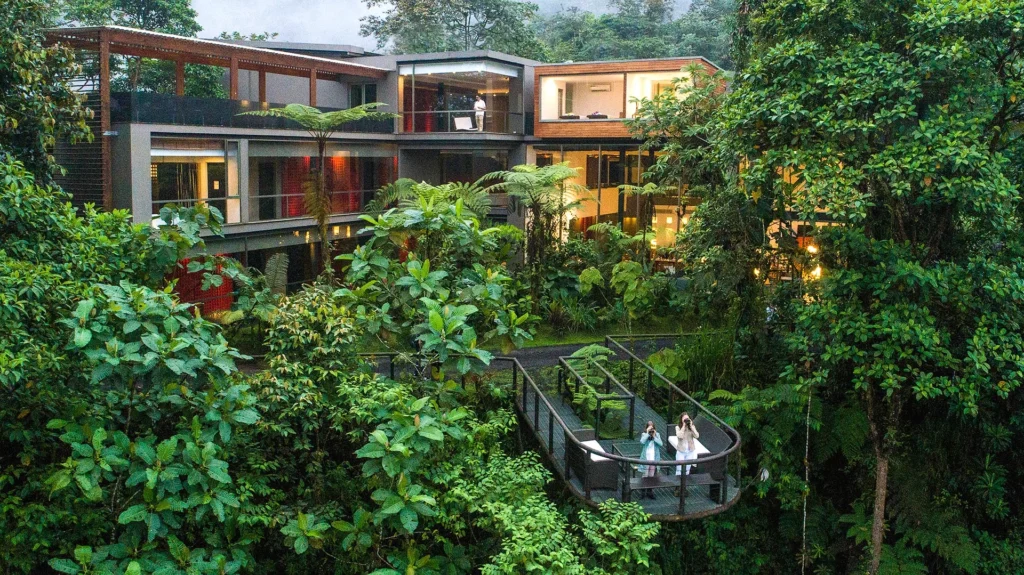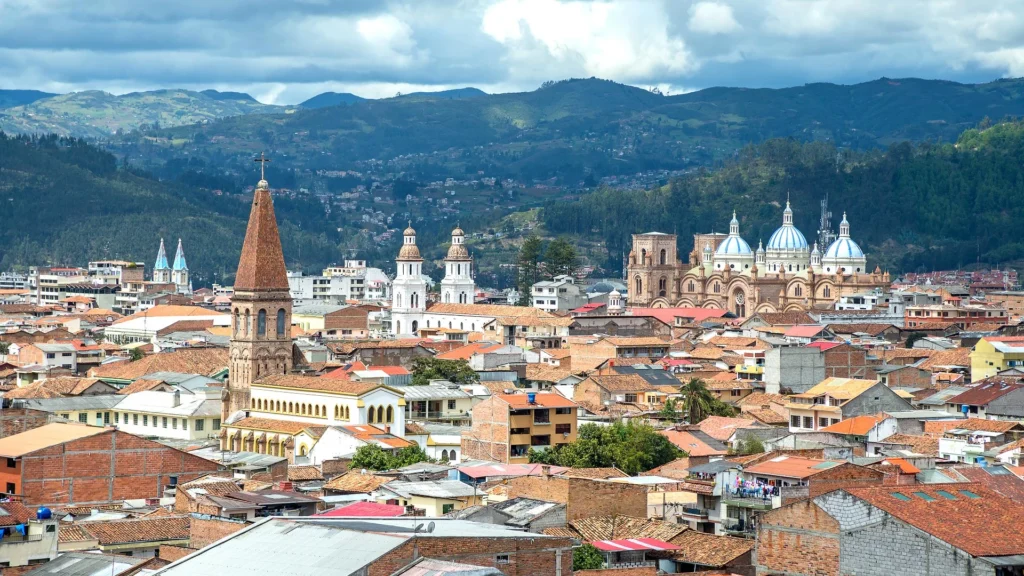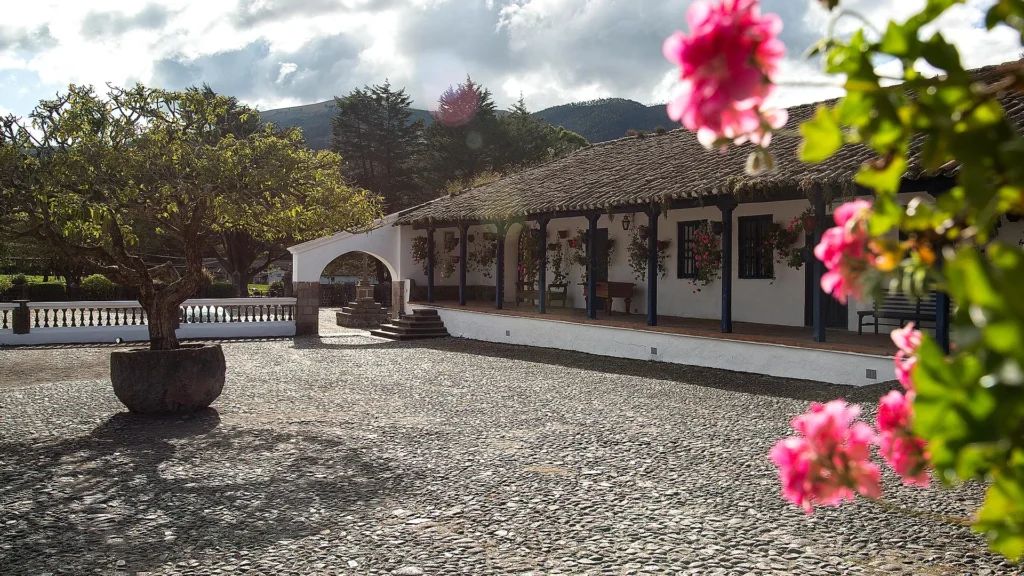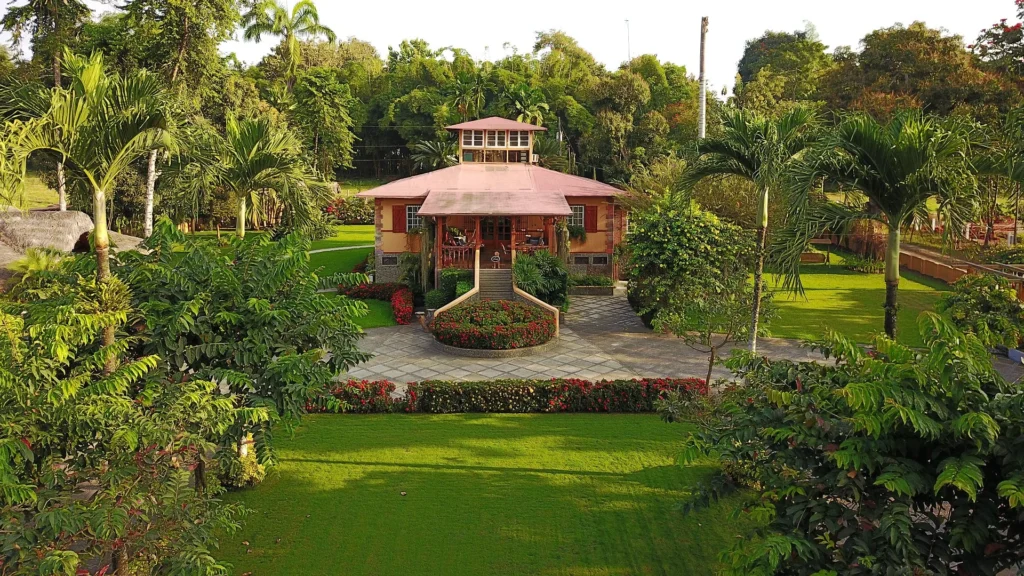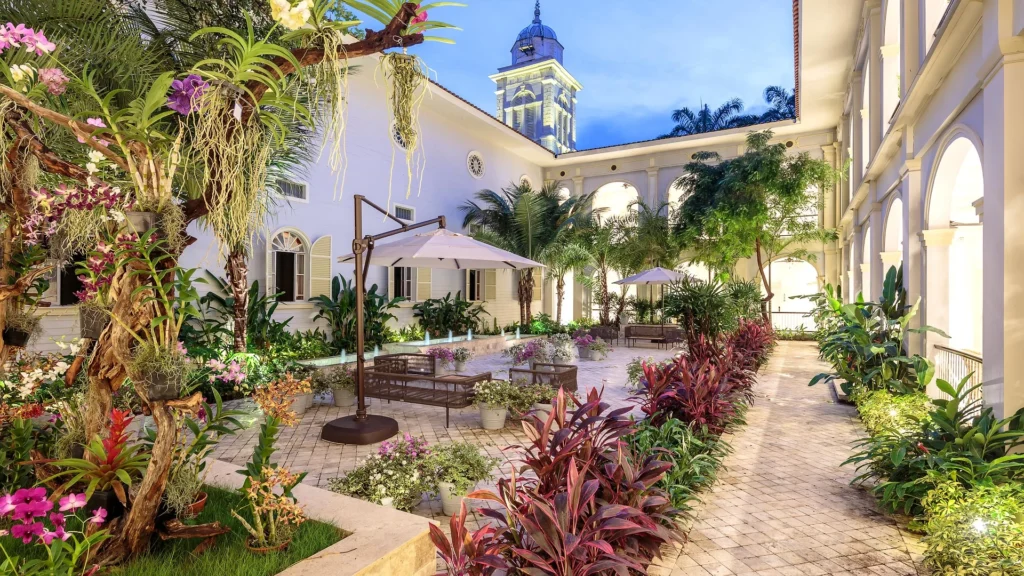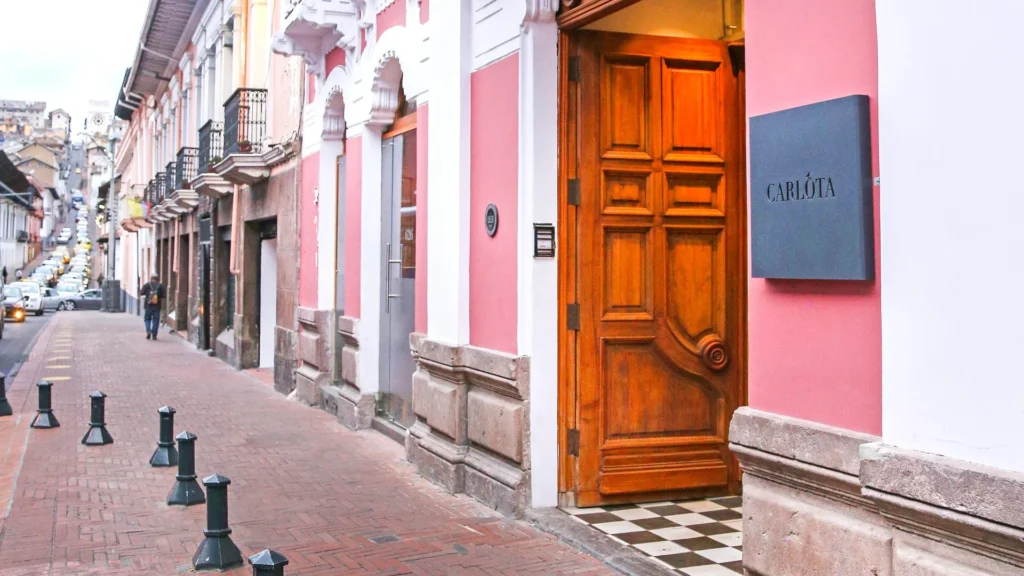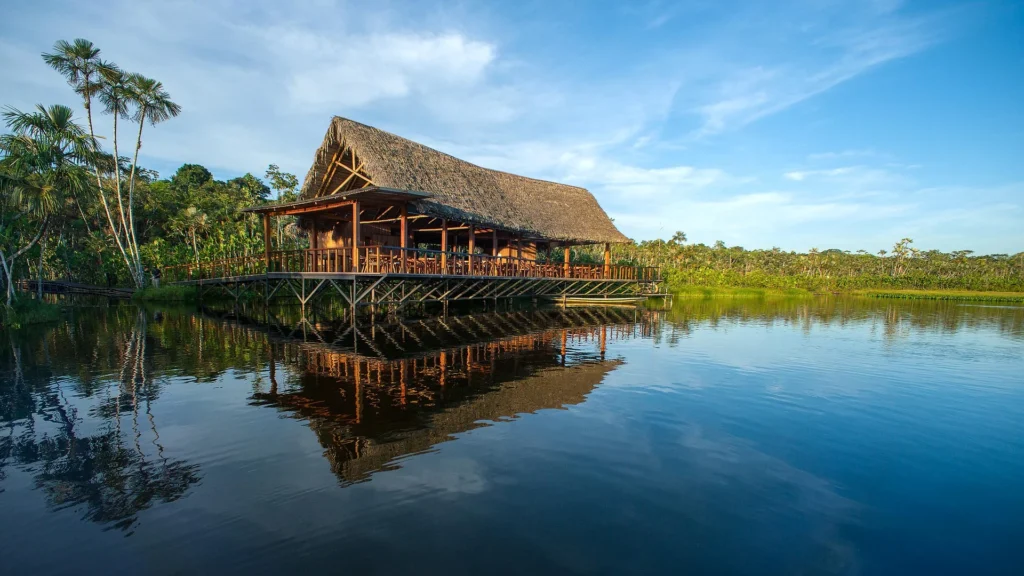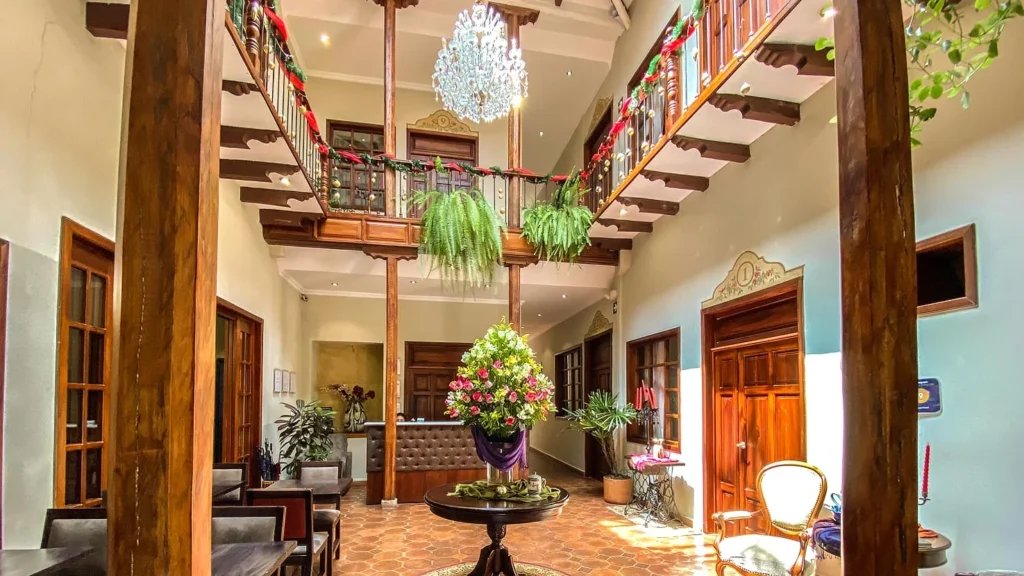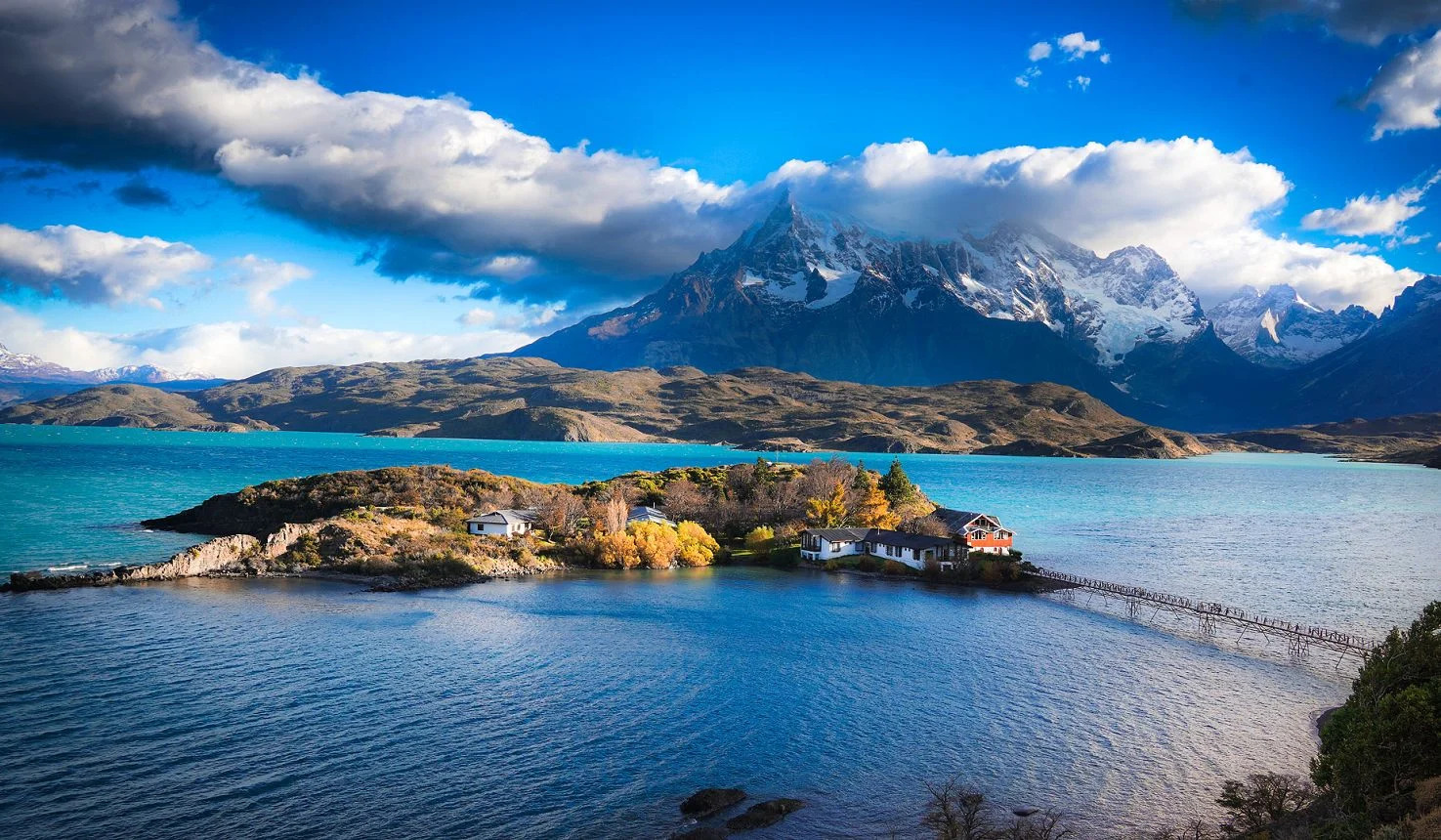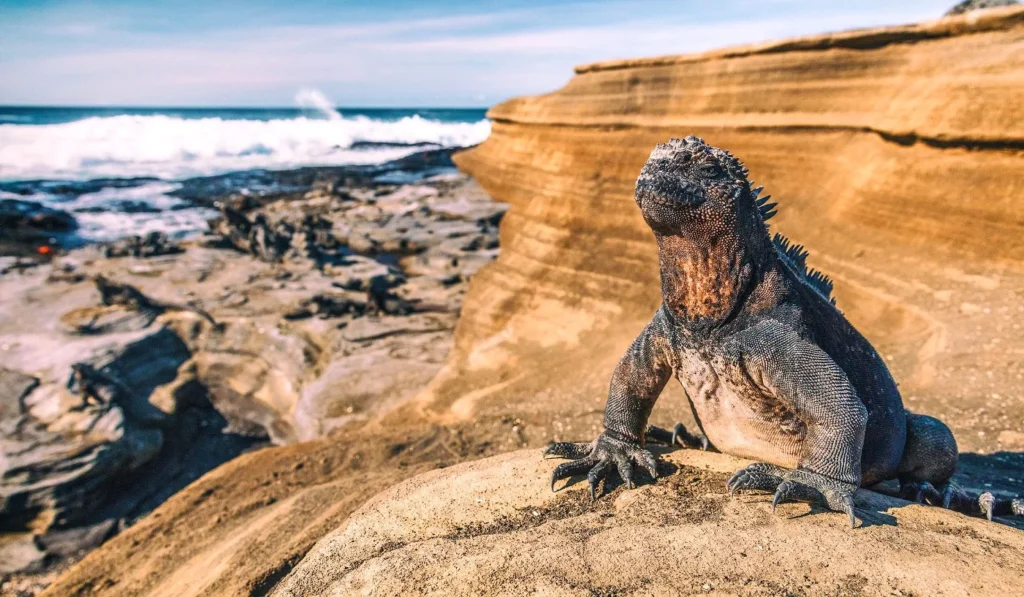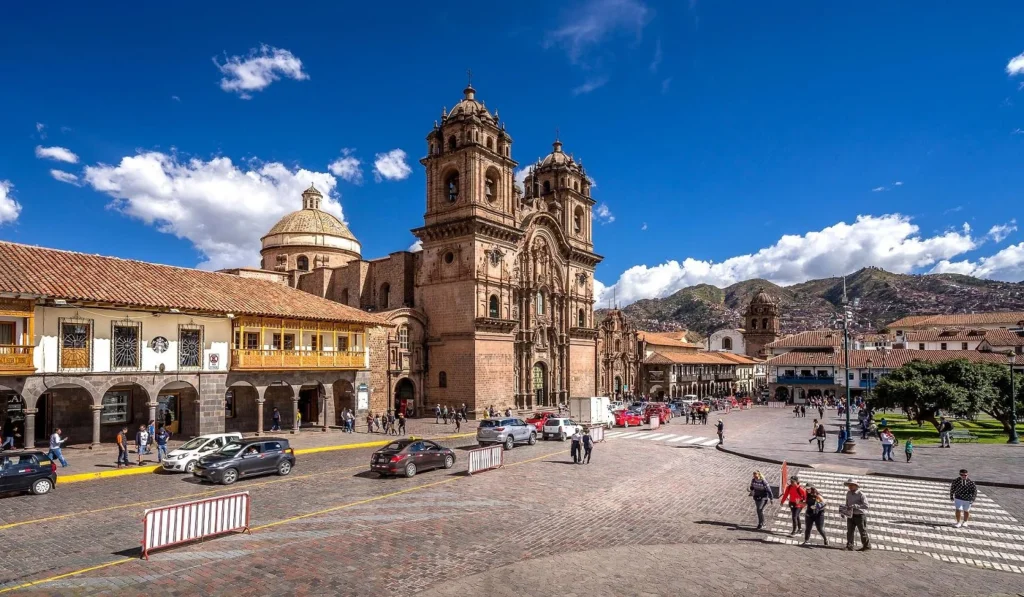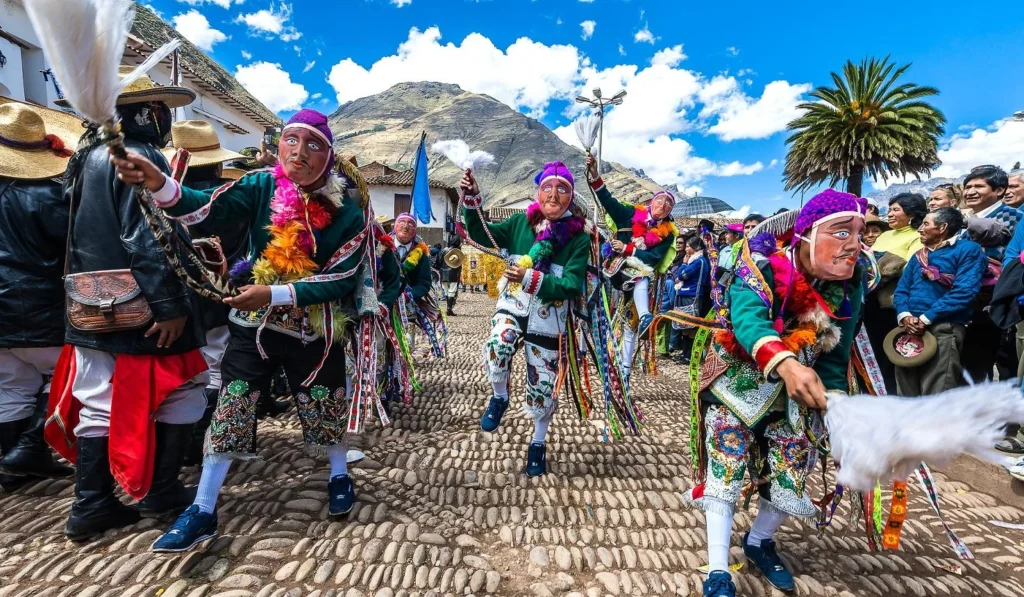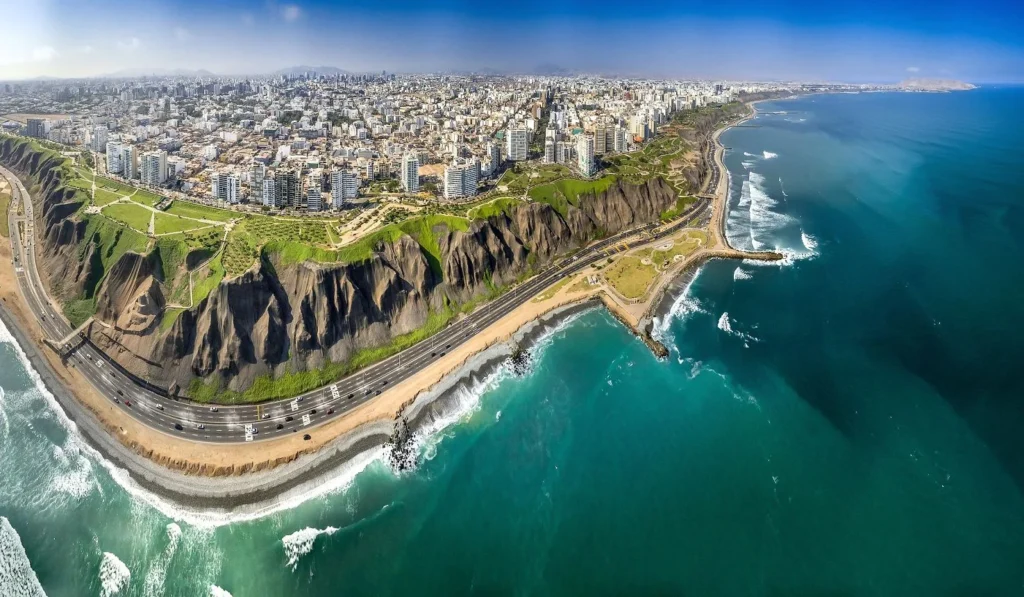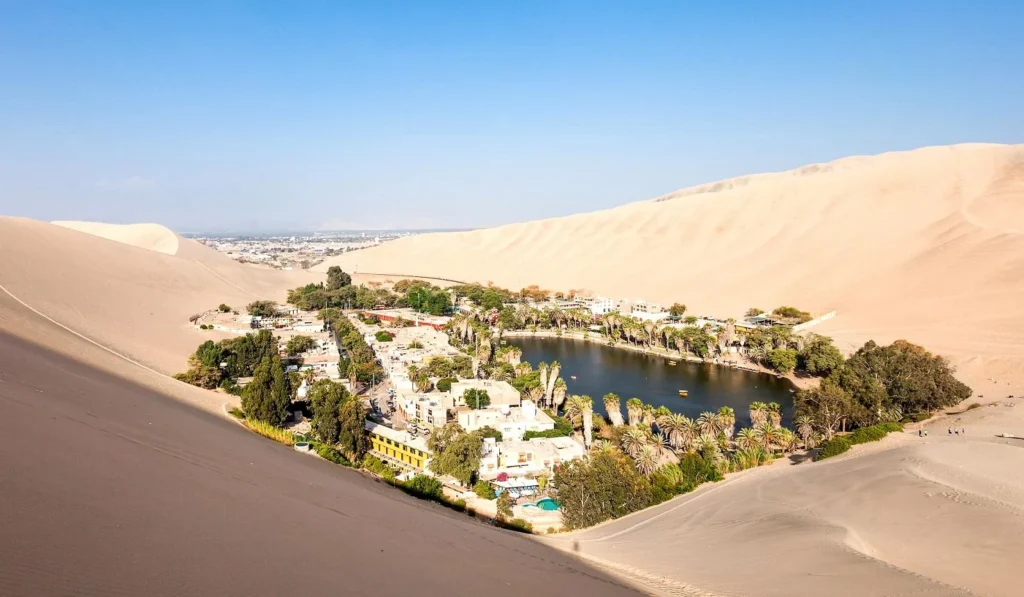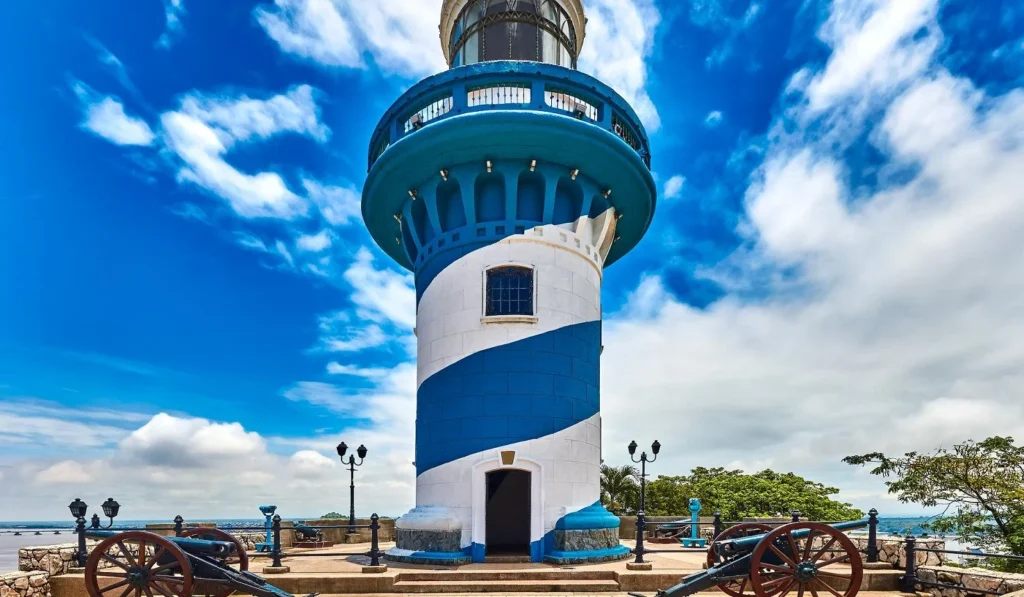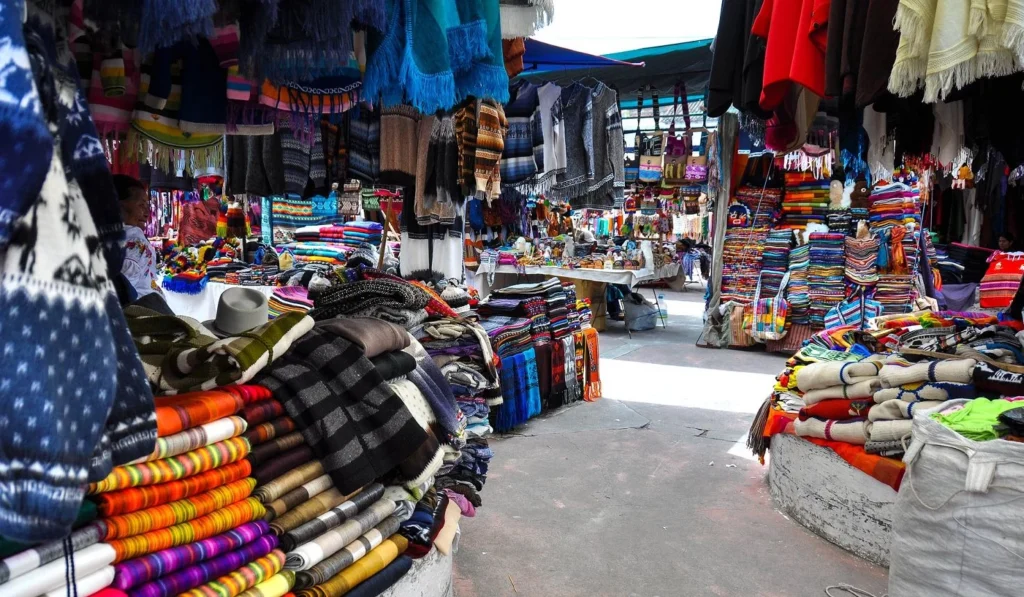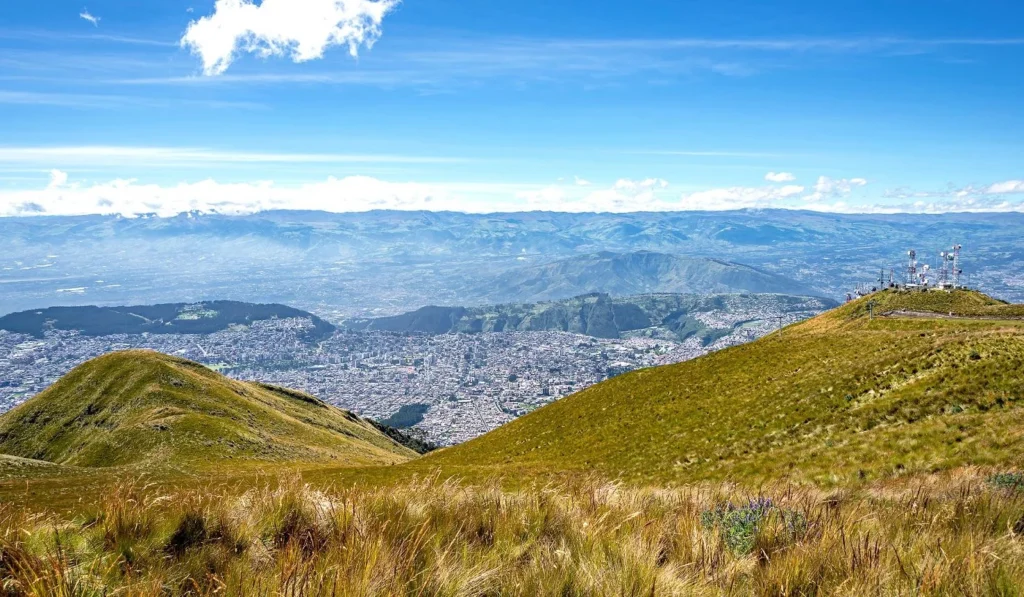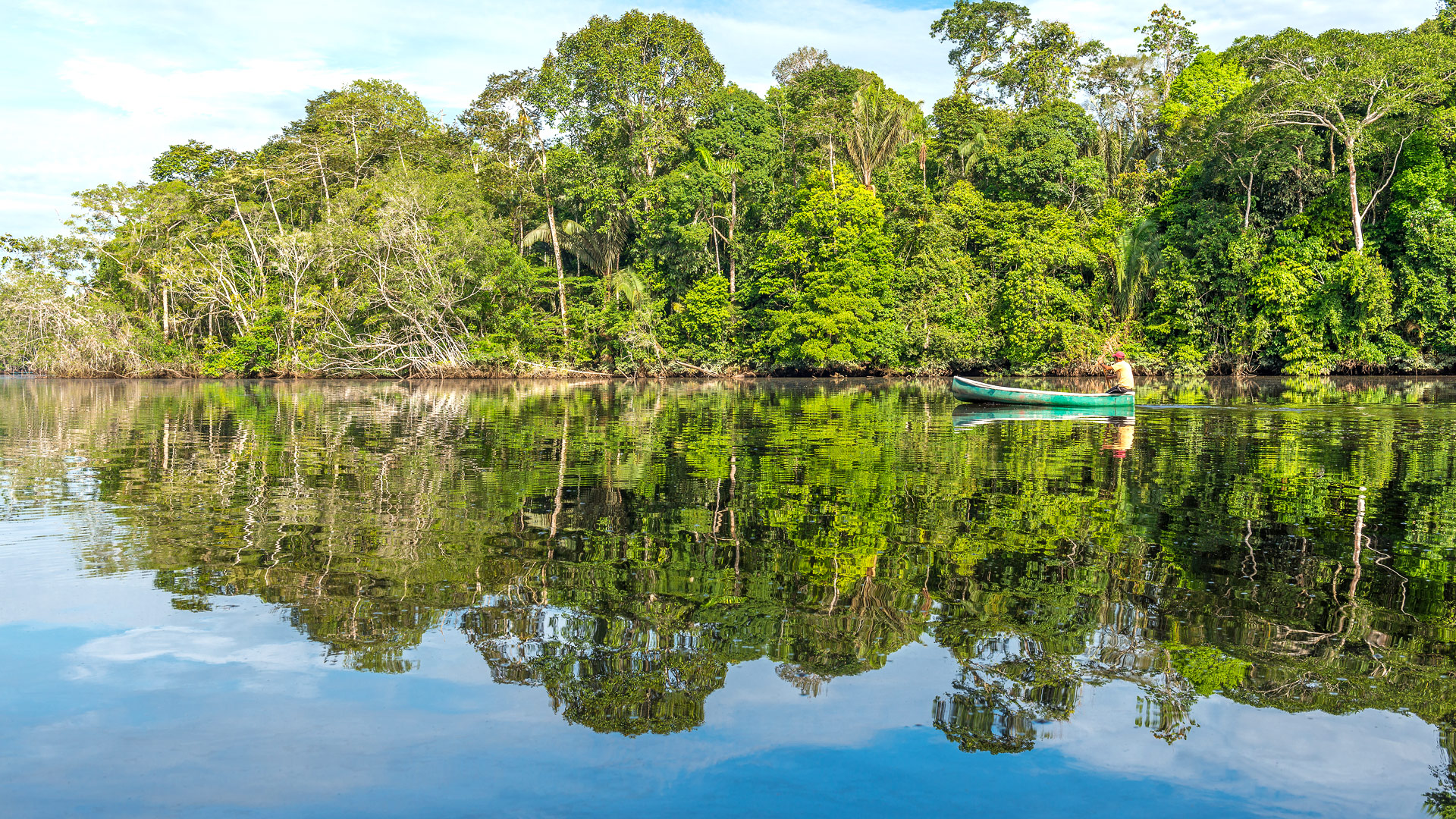
Safari in Ecuador
Ecuador
is a wonderfully diverse country,
often combined with Galapagos
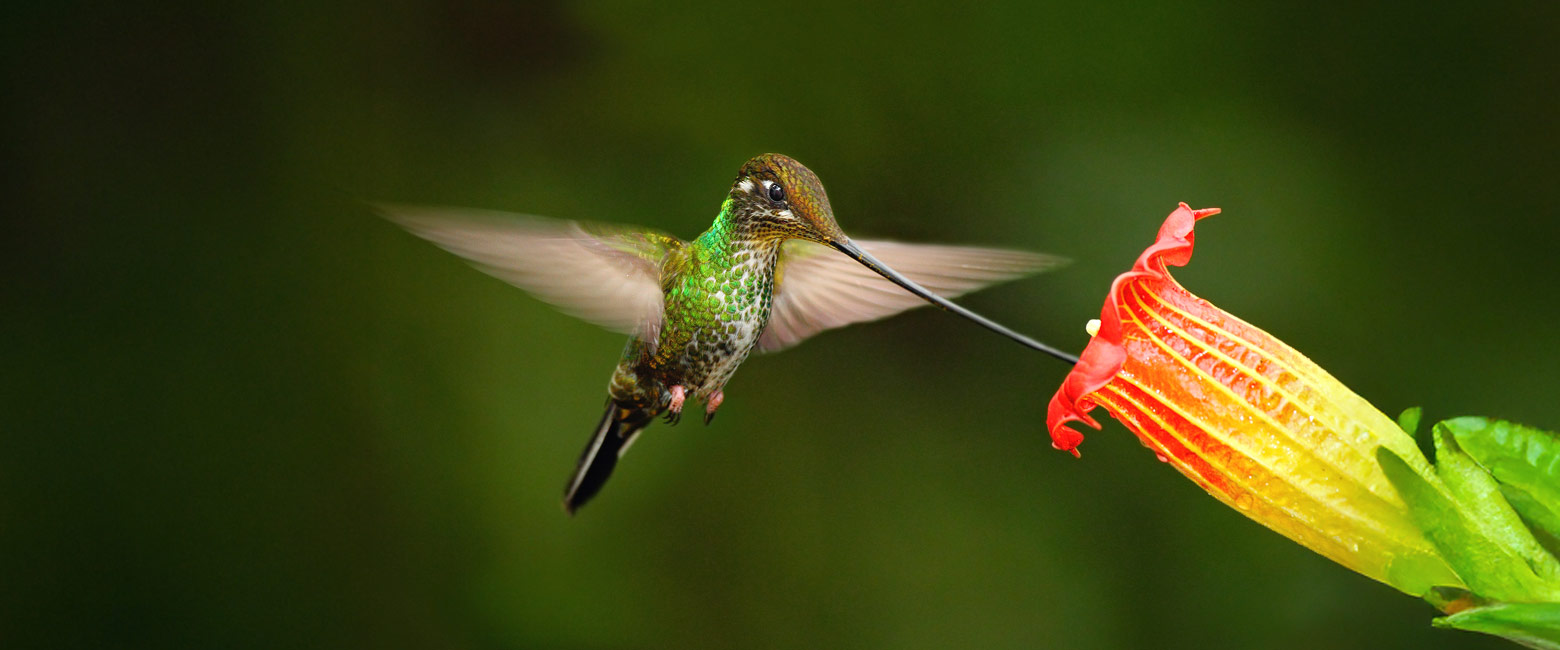
a very appealing safari backwater
Ecuador is a real gem of a country, a relatively little-visited place which really packs some serious diversity for somewhere so small.
Despite being only 20% the size of Peru and 3% the size of Brazil, Ecuador manages to combine the rainforest and tribespeople of the Amazon, the dramatic volcanoes, Quechua cultures and Spanish colonial cities of the high Andes and the lush tropical Pacific coastline.
Add to that the magnificent islands and ecosystems of Galapagos and you can see why this little country is such an attractive proposition for travel.
The spine of Ecuador is the incredible Avenue of the Volcánoes, a verdant central valley which runs north to south, filled with productive farmland, attractive villages and historic towns, flanked on either side by wild highland landscapes and enormous snow-capped mountains.
These high valleys are home to a number of very attractive haciendas, small rural hotels which offer a wide range of outdoor and cultural activities, including great hiking, mountain-biking and horse-back riding.
In some areas these mountains are cloaked in cloud forests whose bio-diversity is simply off the scale. The bird-watching here is ridiculously productive. Perhaps most excitingly, these are the best areas in South America for viewing elusive and super-cute spectacled bears.
To the east of the country, the Andes Mountains drop away dramatically, leading out across the almost infinite forested flatlands of the Amazon Basin. Here great languid rivers lead to remote lodges, tucked away on mysterious black-water lagoons. Guests are led through these forests by guides from the indigenous local tribes, who are keen to share their ancient knowledge about these incredibly diverse ecosystems.
Although Ecuador does have a very attractive tropical coastline, it’s relatively rarely visited. The main reason is that hardly anyone has enough time to include time here, once they’ve allocated at least seven nights to exploring Galapagos.
Although the climate down in the Amazon Basin can be rather hot and humid, the high Andes areas have a remarkably constant and comfortable climate, whilst Galapagos is also pretty conducive to travel for at least ten months of the year. Unfortunately the best times in each area don’t quite overlap, so compromises do need to be made, as described in detail below.
If you want to visit mainland Ecuador in isolation, then trips of 7-16 nights can work really well. If you want to include Galapagos, then you really need to be thinking about trips of 12-21 nights to really do justice to the key locations.
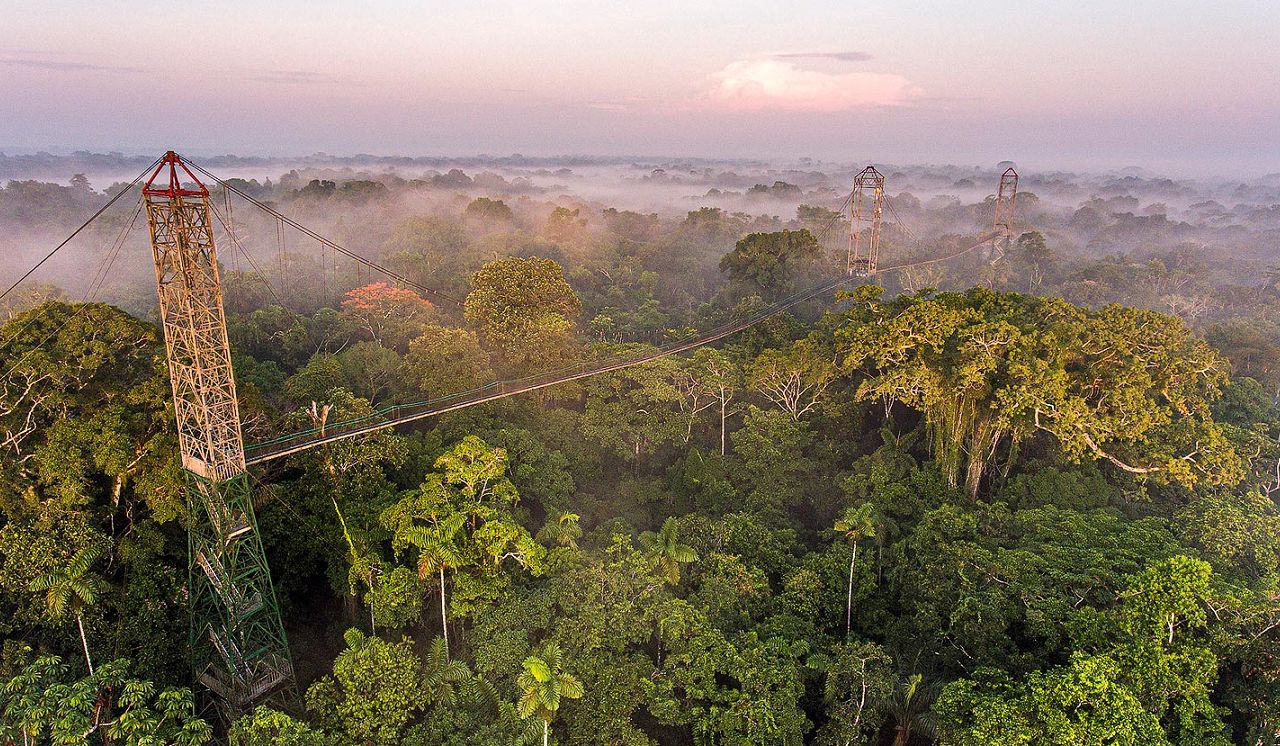
Gallery
Map
The best time to visit Ecuador is generally considered to be during Jun-Sep, which is the dry season in the Andes and the Amazon.
However, the best time to visit Galapagos is generally considered to be Jan-Apr, which means that a compromise is needed when combining the three areas. The key for us is avoiding Sep-Oct in the Galapagos, when the sea can get choppy (a big deal if you’re planning a live-aboard trip). If you are including the Amazon Basin, then the best compromise is Jun-Aug. If you are simply combining the Andes and Galapagos, then Jun-Aug and Nov-Feb are the both reasonably attractive options.
It might be worth noting that the seasonality in both Chile and Argentina coincides better with that in Gaapagos and the transport connections are not usually too tricky. It’s certainly worth thinking about for longer trips.
International flights
Ecuador has one main port of entry for international flights, namely the capital Quito, which is situated high in the Andes Mountains, to the north of the country.
The vast majority of visitors to the country choose to spend one or two nights in the capital, usually at the front end of the trip.
There are options to fly from other countries in South America (notably Bogota in Colombia) into Guayaquil, down on the coast to the southwest of the country, which is sometimes a preferred route when connecting internationally to Galapagos.
Internal flights
Almost all of the key regions in Ecuador can be accessed by frequent, reliable and cheap internal flights from Quito.
The most popular internal flights from Quito are to Puerto Francisco de Orellana (El Coca) (for the Yasuni Amazon), Cuenca, Guayaquil and Galapagos.
However, virtually all the flights route through Quito, often without through connections. So if you are flying between the Yasuni Amazon and Galapagos, for example, you will most likely find yourselves needing to overnight in the Quito area.
A key aspect of building great trips to Ecuador is to avoid dead nights in Quito and instead substitute them with interesting side trips to nearby areas like Otavalo, Bosque Nuboso and Antisana.
Train connections
The train connection between Guayaquil (down on the tropical coast) and Quito (high in the Andes Mountains) is one of the most famous railroad journeys in the world, renowned for the incredible range of ecosystems through which it passes and the dramatic mountain switchbacks along sections of the route.
Unfortunately the higher quality train service that used to operate on this line is no longer functional.
The only train journey that international visitors tend to include in trips with any regularity is the day excursion which travels from Riobamba, down to the famous Nariz del Diablo mountain switchbacks and back.
If you want to undertake a posh rail journey in South America, then Cusco in Peru is the place.
Road connections
The majority of locations in central Ecuador are connected by private guided road transfers, either north from Quito to Otavalo and Bosque Nuboso, or south of Quito towards Cotopaxi, Riobamba, Cuenca and Guayaquil.
When exploring cities and undertaking shorter sight-seeing excursions we also use private guided road transfers.
We do not recommend the use of any public road transport such as buses, coaches or taxis.
Trekking
Up in the high Andes, especially in the region around Cotopaxi, we occasionally offer trekking, fully guided and supported expeditions which usually span over 2-5 days.
Motorboat
Down in the Yasuni Amazon area we use motorboats to connect between the main town of Puerto Francisco de Orellana (El Coca) and the various lodges down the Rio Napo, with most connections taking 2-4 hours.
When exploring the Amazon itself, we often use hand-propelled canoes and kayaks.
Where to stay
The usual way to go about choosing where to stay during your trip is to start by selecting the locations you would like to visit, then looking at the various options in each area.
a fabulous mix of culture and safari
let us know your thoughts about Ecuador
and we will help you create the perfect trip
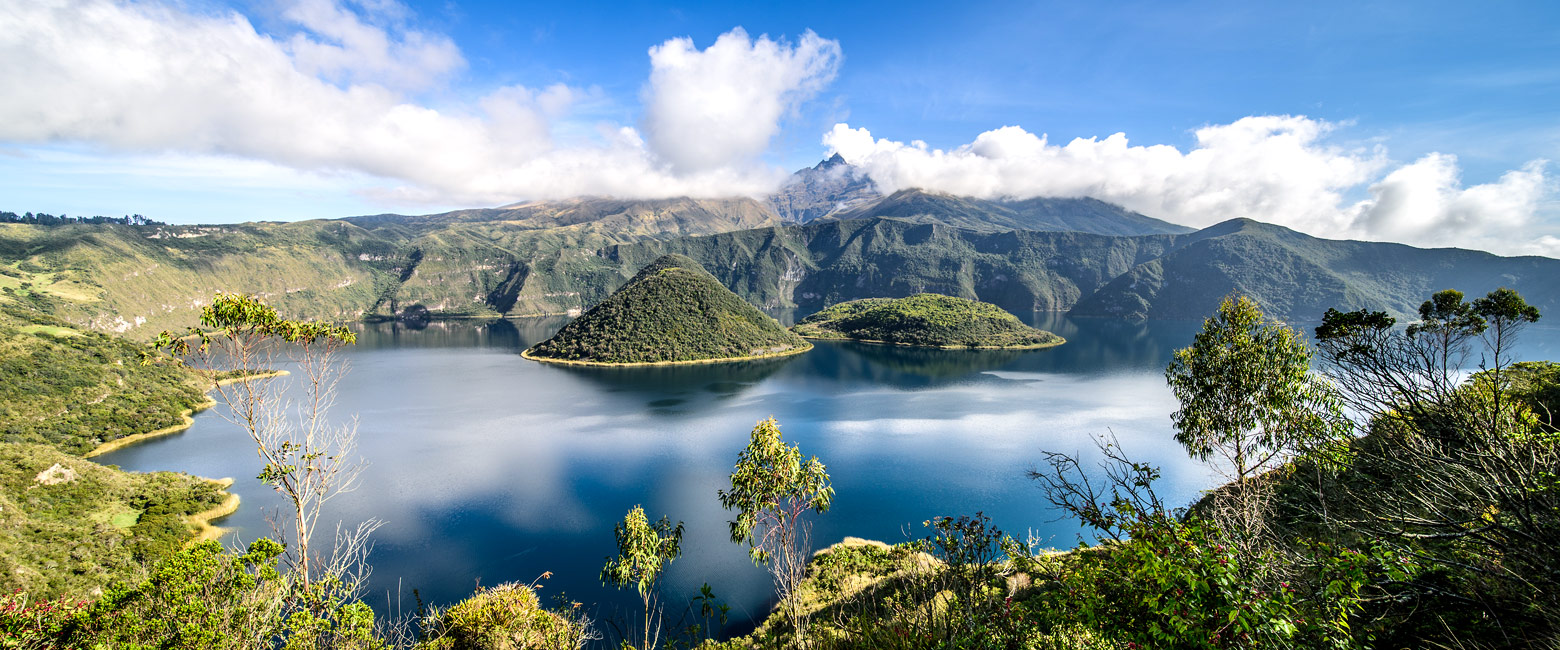
Extraordinary tailor-made adventures,
from earthy and edgy to easy and extravagant
From around USD 2500 per person, you set the ceiling
Sample Trips
Here are some of our popular trip shapes
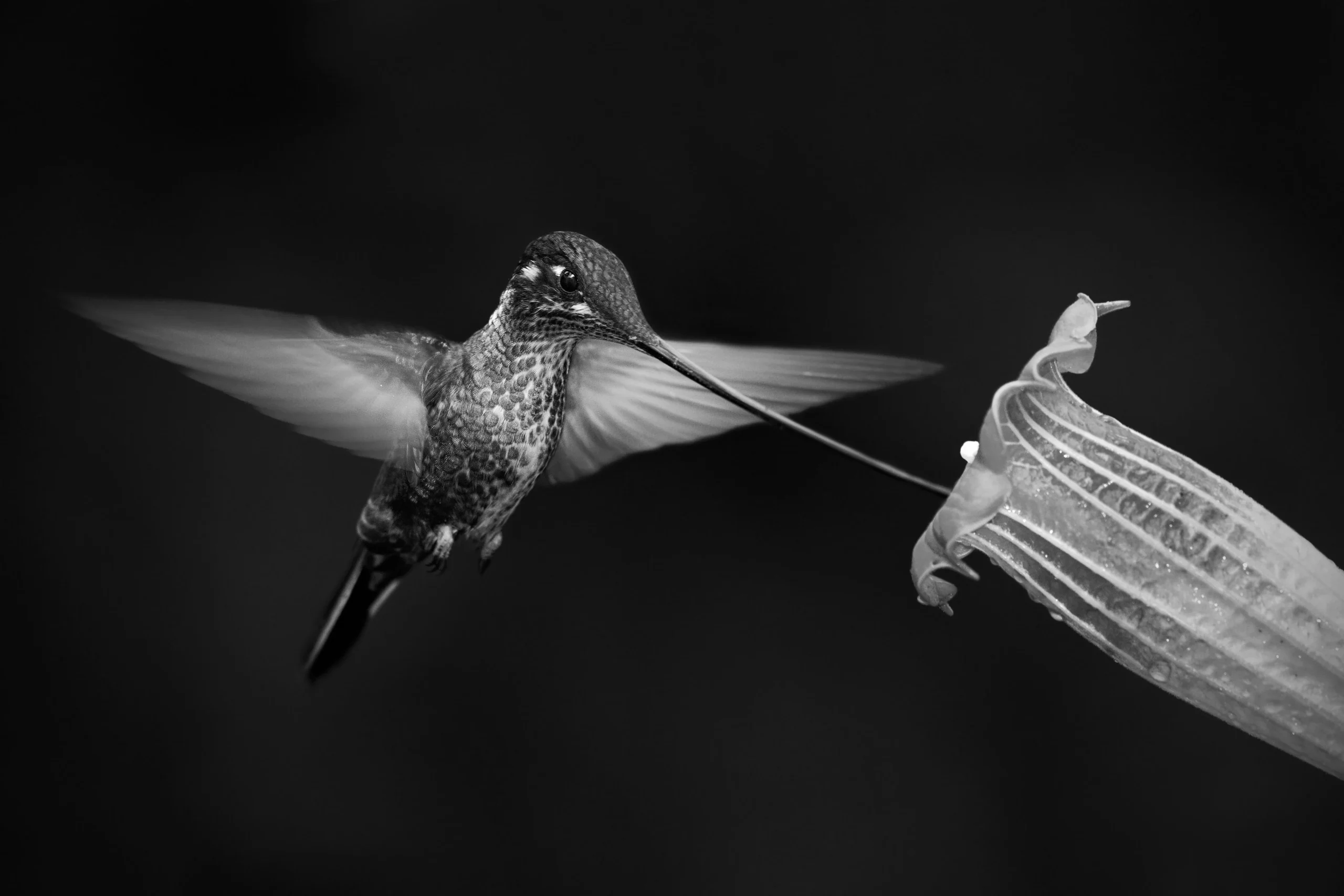
Get started on your trip
It’s never too soon to get in touch, we are here to help with every stage of your planning.
Best Lodges
We regularly inspect and photograph all of the the best lodges, to ensure that we always recommend the most suitable options
Key Locations
Take a look around related locations. Click ‘View more’ to explore locations further afield.

























